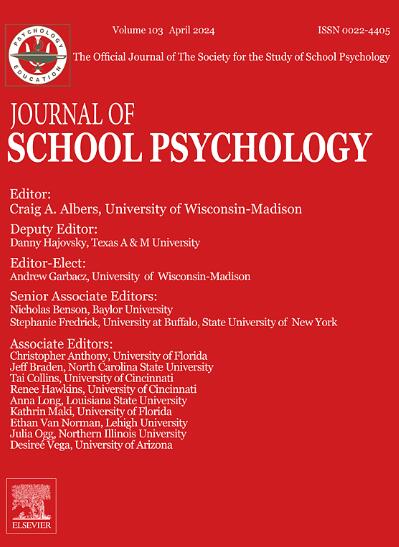Reading skill profiles of dysfluent readers in grades 2 and 3
Abstract
Text reading fluency (TRF) is a common reading intervention target in second and third grade. TRF requires the integration of several skills that result in several pathways to dysfluent reading. However, when applying the drill-down approach to intervention targeting, practitioners are guided to consider students' rate and accuracy when reading connected text after ruling out decoding difficulties. A question remains whether students' reading rate and accuracy alone is sensitive to differences in the underlying skills that promote TRF. We used latent profile analysis to investigate whether different profiles of component reading skills could be identified among second- (n = 127) and third-grade (n = 170) students who were referred for an intervention targeting TRF. Most students were identified as white (56%) and students were predominately English speakers (87%). At the beginning of the intervention, we measured participants' skills in listening comprehension, reading comprehension, reading vocabulary, word reading efficiency, and decoding efficiency. Four profiles emerged in both grades with similar patterns in terms of the component skills influencing TRF. Students in two of the profiles demonstrated relative strengths in word reading or reading comprehension with their other skills near the sample average. A third profile approximated the sample average across all component skills whereas the fourth profile was below the sample average in all measured skills. However, some of the empirically derived profiles did not differ in terms of students' average reading rate. For example, the average words read correct per minute did not significantly differ between students with relative strengths in comprehension and students with relative strengths with word reading. Our results suggest that differences in students' text reading rate and accuracy may not always capture potentially relevant differences in the skills that influence TRF.

 求助内容:
求助内容: 应助结果提醒方式:
应助结果提醒方式:


